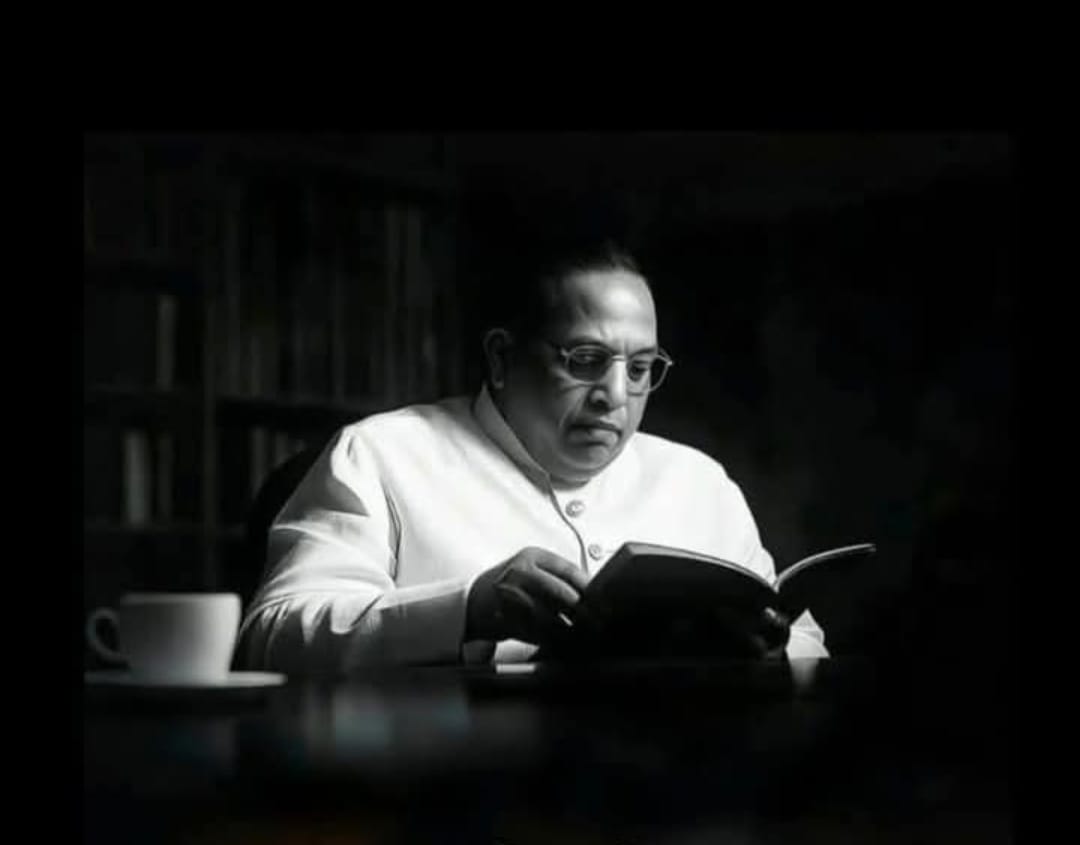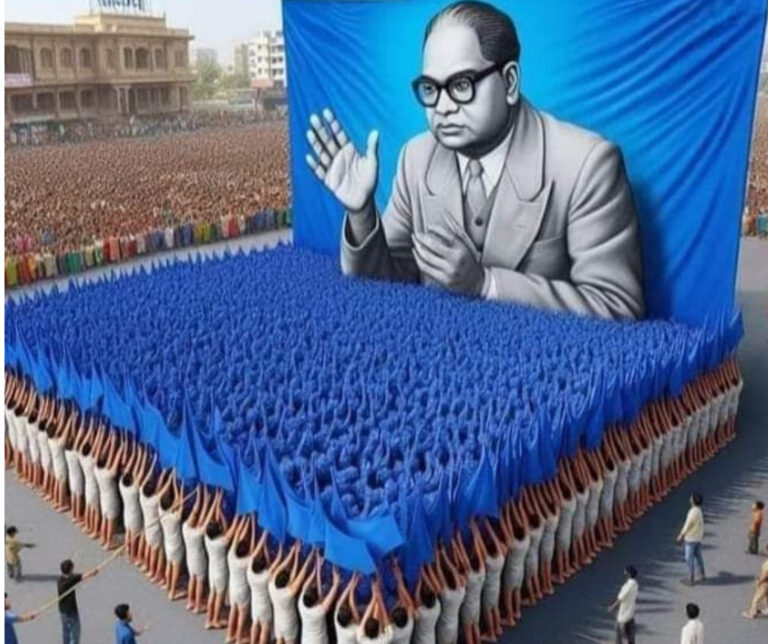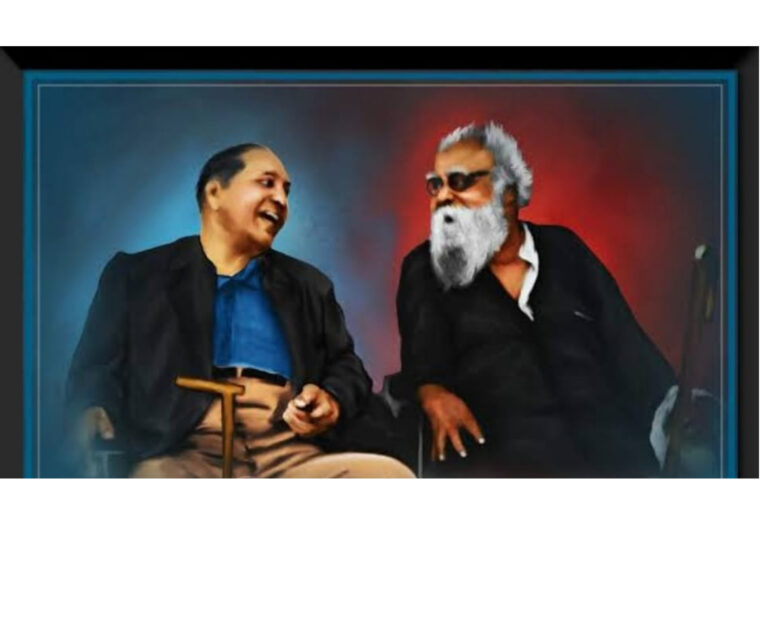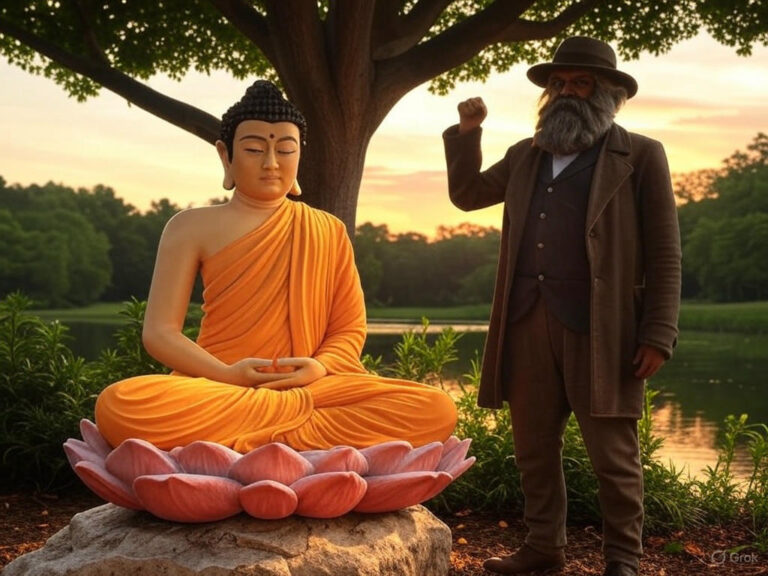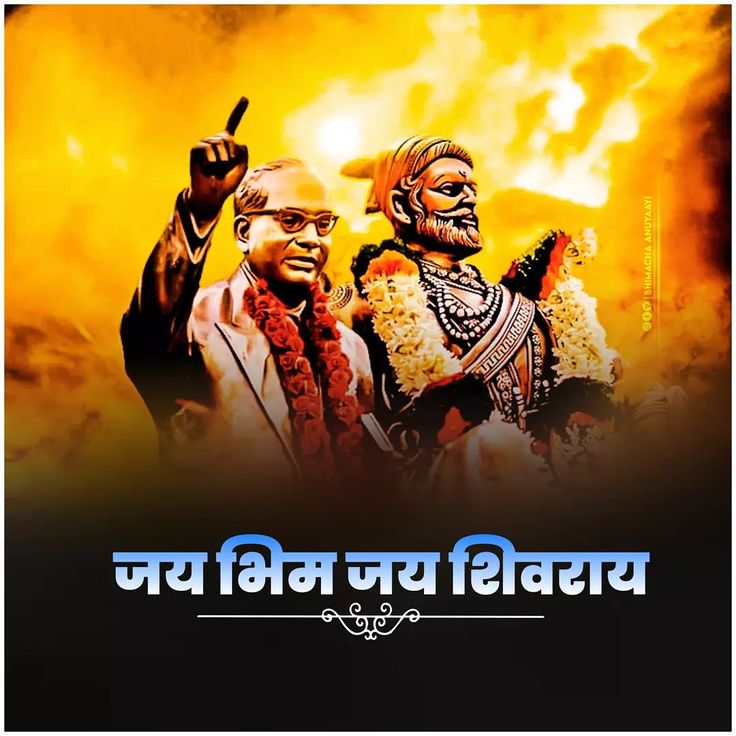Dr. Bhimrao Ramji Ambedkar was not just the architect of India’s Constitution—he was the fiercest advocate for social justice in modern Indian history. Born into the oppressed Mahar caste, he dedicated his life to fighting caste discrimination, gender inequality, and economic exploitation. His idea of social justice was radical: it demanded not just legal equality, but true dignity for all.
In this article, we explore B.R. Ambedkar Social Justice, his legal and social reforms, and why his vision remains urgent in today’s India. Whether you’re a student, activist, or curious reader, this guide breaks down his ideas in simple, powerful terms.
What Did Ambedkar Mean by Social Justice?
For Ambedkar, social justice meant:
✅ Annihilation of caste – Destroying the Hindu varna system
✅ Equal rights for women – Ending patriarchal oppression
✅ Economic empowerment – Land, education, and jobs for Dalits and Adivasis
✅ Religious freedom – The right to choose one’s faith (he converted to Buddhism)
“Political democracy cannot last unless there lies at the base of it social democracy.”
Ambedkar’s Fight for Social Justice: Key Battles
1. Destroying Caste: The Root of Injustice
Ambedkar called caste “a division of laborers” designed to keep Dalits oppressed. His solutions:
- Reservations (Affirmative Action): Ensured SC/ST representation in jobs, education (Articles 15, 16)
- Inter-caste Marriages: To break caste barriers (Hindu Marriage Act, 1955)
- Public Access: Fought for Dalits to enter temples, draw water from wells
Case Study: Mahad Satyagraha (1927) – Where he led Dalits to drink water from a public tank, defying caste rules.
2. Women’s Rights: A Feminist Before His Time
Ambedkar’s reforms for women were revolutionary:
- Hindu Code Bill (1956): Gave women rights to divorce, inheritance, and property
- Maternity Benefits: First introduced in 1942 as Labour Minister
- Opposed Child Marriage: Called it “slavery disguised as tradition”
Stat: Today, only 14% of farmland is owned by women, showing how far we still must go.
3. Economic Justice: Land, Labor, and Dignity
Ambedkar knew economic power was key to freedom:
- Land Reforms: Wanted land redistributed to Dalit farmers (still a major issue)
- Fair Wages: Created India’s first minimum wage laws
- Cooperatives: Advocated collective farming to bypass caste-based exploitation
Today: 60% of manual scavengers are Dalits—proof of unfinished reforms.
4. Religious Freedom: Rejecting Hinduism’s Hierarchy
In 1956, Ambedkar converted to Buddhism with 500,000 followers, declaring:
“I will not die a Hindu.”
His Navayana Buddhism rejected caste and promoted equality.
Ambedkar vs. Gandhi on Social Justice
| Issue | Gandhi’s Approach | Ambedkar’s Approach |
|---|---|---|
| Caste | Reform Hinduism (“Harijan”) | Annihilate caste entirely |
| Untouchability | Moral change (persuasion) | Legal punishment (Laws) |
| Village Life | Idealized (“Gram Swaraj”) | Called it “caste tyranny” |
Key Difference: Gandhi wanted change from within Hinduism; Ambedkar demanded structural revolution.
Ambedkar’s Legal Weapons for Social Justice
As a Constitution-maker, he embedded justice into India’s laws:
- Article 14-18: Equality before law, no caste discrimination
- Article 17: Abolished untouchability
- Article 46: The State must protect SC/STs from exploitation
- Article 335: Reservations in government jobs
But… Laws alone weren’t enough. He warned:
“Constitutional rights mean nothing if society remains unjust.”
Modern India: How Far Have We Come?
Successes
✅ Reservations Work: SC/STs now in civil services, universities (though still underrepresented)
✅ Rise of Dalit Politics: Parties like BSP empowered marginalized voices
✅ Legal Protections: SC/ST Prevention of Atrocities Act (though poorly enforced)
Failures
❌ Caste Violence Continues: 50,000+ crimes/year against Dalits (NCRB)
❌ Economic Gap: Dalits own less than 5% of India’s wealth
❌ Manual Scavenging: Still exists despite being banned
What Would Ambedkar Say About India Today?
- On Caste Discrimination:
- Demand stricter enforcement of anti-caste laws
- Condemn casteist slurs in politics, media
- On Women’s Rights:
- Push for 50% female reservation in legislatures (still pending)
- On Economic Justice:
- Support urban Dalit entrepreneurs (only 3% of startups are SC/ST-led)
- On Religious Freedom:
- Criticize anti-conversion laws that target Dalits/Buddhists
How to Keep Ambedkar’s Social Justice Dream Alive
| Issue | Action Needed |
|---|---|
| Caste Violence | Fast-track courts for hate crimes |
| Land Inequality | Distribute surplus land to Dalits |
| Education Gap | More SC/ST teachers in schools |
| Gender Justice | Strict dowry, domestic violence laws |
Conclusion: The Unfinished Revolution
Ambedkar’s fight for social justice was never just about laws—it was about changing minds. As India grows economically, his warning echoes:
“A nation that denies justice to its weakest will never prosper.”
Real tribute? Not just statues, but ending caste-based violence, ensuring fair wages, and empowering Dalit-Bahujan voices in every field.
